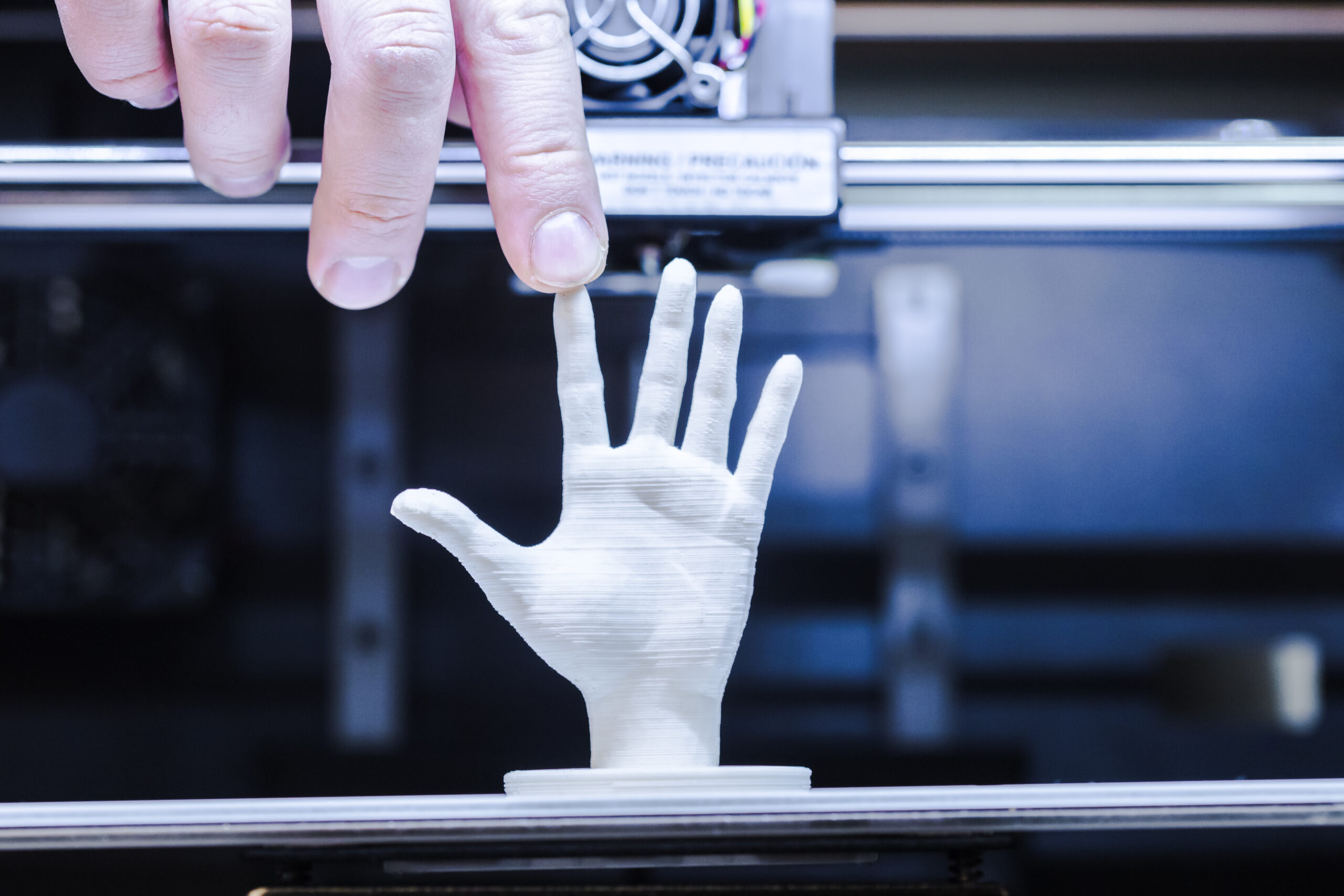A newly discovered asteroid, designated 2024 PT5, is predicted to be temporarily captured by Earth's gravity, orbiting our planet from September 29 to November 25, according to recent astronomical findings. Post this period, the asteroid will transition back to a heliocentric orbit, circling the sun once more.
The specifics of this fleeting mini-moon and its horseshoe-shaped trajectory were published in the latest edition of the Research Notes of the American Astronomical Society.
Discovery and Characteristics
Astronomers first detected the asteroid on August 7 using the Asteroid Terrestrial-impact Last Alert System (ATLAS) observatory in South Africa, which is funded by NASA.
Lead study author Carlos de la Fuente Marcos, a researcher from the Complutense University of Madrid, provided initial estimates suggesting that the asteroid measures approximately 37 feet (11 meters) in diameter. However, further observations are required to accurately determine its size. Other estimates indicate that 2024 PT5 could be anywhere between 16 and 138 feet (5 and 42 meters) in diameter, potentially making it larger than the Chelyabinsk meteor, which exploded over Russia in 2013, causing significant damage and injuries.
Despite its relatively large size, 2024 PT5 poses no threat of collision with Earth. The asteroid will maintain a safe distance of about 2.6 million miles (4.2 million kilometers) away, roughly ten times the distance between Earth and the moon.
Understanding Mini-Moons
Temporary mini-moons come in two types, according to de la Fuente Marcos. Long-term captures, known as temporarily captured orbiters, can complete multiple revolutions around Earth over a span of years. In contrast, short-term captures, like 2024 PT5, known as temporarily captured flybys, only remain in Earth's orbit for a few days, weeks, or months.
Earth has previously captured other mini-moons, such as Asteroid 2020 CD3, which orbited Earth for a few years before being detected. While 2020 CD3 represented a long-term capture, 2024 PT5 is classified as a short-term mini-moon.
The occurrence of short mini-moon events can happen several times per decade, whereas long-term mini-moon events are rare, happening only every 10 to 20 years. The capture of a mini-moon requires precise conditions, including the asteroid's speed and trajectory as it approaches the Earth-Moon system.
"In order to become a mini-moon, an incoming body has to approach Earth slowly at close range," explains de la Fuente Marcos. Asteroids that become mini-moons must approach within 2.8 million miles (4.5 million kilometers) of Earth at speeds under 2,237 miles per hour (3,600 kilometers per hour).
Robert Jedicke, a specialist in solar system bodies at the University of Hawaii’s Institute for Astronomy, notes that almost all asteroids approach Earth too quickly and at the wrong angle to be captured. However, occasionally, the gravitational influences of various solar system objects allow a slow-moving asteroid at the right angle to be temporarily captured.
Future Observations
The origin of Asteroid 2024 PT5 is believed to be the Arjuna asteroid group, which consists of small asteroids with orbits similar to Earth's. Understanding the origins of such asteroids can help scientists gain insights into asteroid impacts and crater formation.
Carlos de la Fuente Marcos and his team plan to gather more data on 2024 PT5 using advanced telescopes, such as the Gran Telescopio Canarias and the Two-Meter Twin Telescope in Spain’s Canary Islands. Unfortunately, the asteroid will be too small and dim to be observed through amateur telescopes or binoculars.
After its 56.6-day stint as a mini-moon, the asteroid will resume its orbit around the sun. However, 2024 PT5 is expected to make another close approach to Earth on January 9, 2025, and potentially return as a mini-moon in November 2055 and early 2084.
These periodic visits offer valuable opportunities for astronomers to study these intriguing celestial objects and enhance our understanding of their behavior and characteristics.







